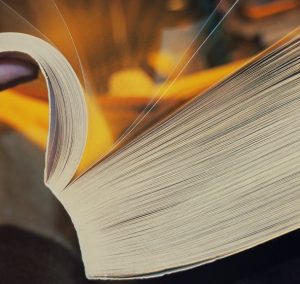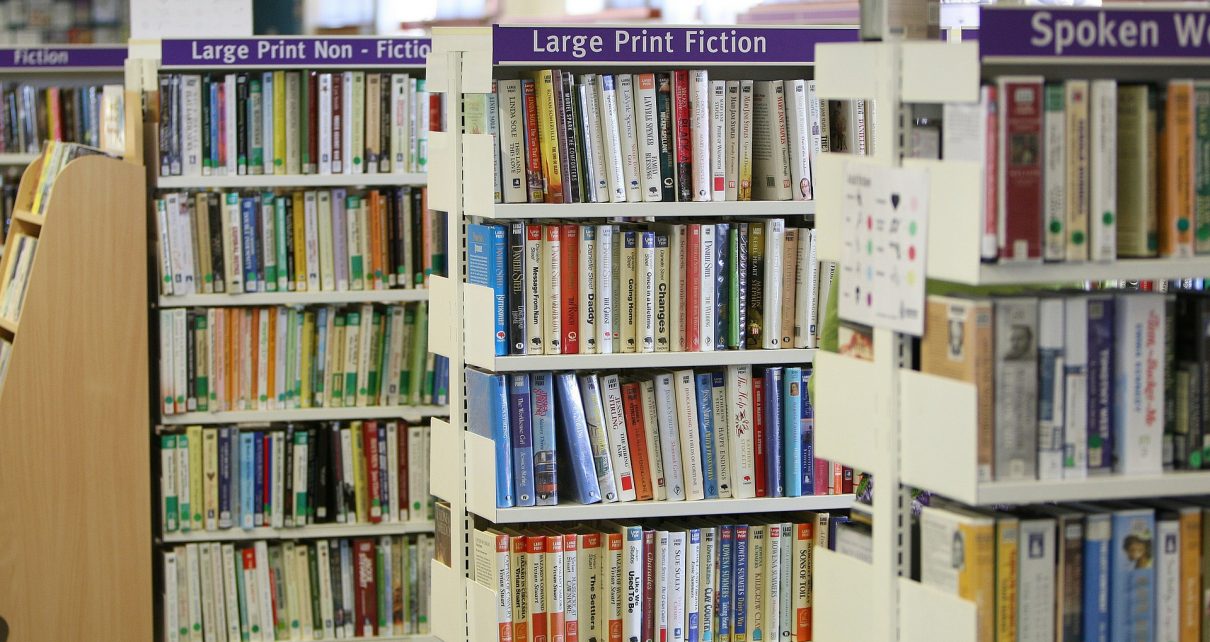If you have finished writing your book, you have completed only one of the many steps required to present your book to the public. To introduce your book to the broader audience, you must complete the next major step, and that is its publishing. Even though the process of publishing a book seems slightly easier nowadays, you must still carefully follow every step as to ensure that your book is well received. After all, your critics are none others than your readers.
There are two different ways to publish a book, and those are the traditional publishing and self-publishing. You also have to choose the format of your book, as it can be published as a printed book, an audiobook, an e-book or in some other format.
Traditional Publishing
 With this method, an author is bound by a contract to a publisher. Traditional publishing comes with virtually no expenses for the author since the publisher handles your marketing strategy, storage, and the distribution of your book. With each sale, the publisher makes a profit and pays royalties to the author in the amount that depends on their contract. To ensure the best contract, authors often look for an agent who helps them identify the category of their writing. Before that, you must write a query letter which you will send out to potential agents. The letter is a summary of your writing career and your biography, the information about the audience the book is intended for and a synopsis of your book.
With this method, an author is bound by a contract to a publisher. Traditional publishing comes with virtually no expenses for the author since the publisher handles your marketing strategy, storage, and the distribution of your book. With each sale, the publisher makes a profit and pays royalties to the author in the amount that depends on their contract. To ensure the best contract, authors often look for an agent who helps them identify the category of their writing. Before that, you must write a query letter which you will send out to potential agents. The letter is a summary of your writing career and your biography, the information about the audience the book is intended for and a synopsis of your book.
Self-Publishing
There are several different options when it comes to self-publishing, and the most popular ones include print-on-demand, self-publishing, subsidy or deciding on a vanity publisher.
Print-On-Demand
This is a straightforward method wherein the books are printed individually at a cost-effective price based on reader’s demand. Anyone who is willing to pay may have their book published.

Self-Publishing
The process of self-publishing is the one that requires the biggest time commitment as the author needs to invest their own money, as well as produce and distribute books. However, it can be the most cost-effective method of all the others.
Vanity Publisher
Vanity publishers are book manufacturers that print books as long as you are paying for it. They don’t offer editing or marketing service, but in return allow you to retain both the rights to your books and the profit from each sale.
Subsidy Publisher
 Subsidy publishers are like vanity publishers with one small difference – they contribute to the part of the costs of distribution, marketing, and editing. However, the publisher owns the book until it is sold, and the author makes a profit from royalties.
Subsidy publishers are like vanity publishers with one small difference – they contribute to the part of the costs of distribution, marketing, and editing. However, the publisher owns the book until it is sold, and the author makes a profit from royalties.
The biggest difference between the two methods are the costs of publishing the book that the author will have and the amount of self-involvement into the whole process. While the traditional publishing comes with no costs and no real involvement of the author, the author only earns a certain percentage from each sale. Even though self-publishing is costlier, it also provides the author with complete control over the publishing process and earns them 100% of the profits.
Conclusion
It appears that there are countless obstacles in front of an author, such as proofreading, typesetting, and the whole publishing process. This list seems endless to an anxious author eager to publish their book to the world. However, every author should eagerly follow them to ensure that their creation is as perfect as it can be.




